Emerging Designers: In Conversation With Prisca Franchetti of Priscavera
On youth, self-expression and coming to be your own person — in fashion and beyond.
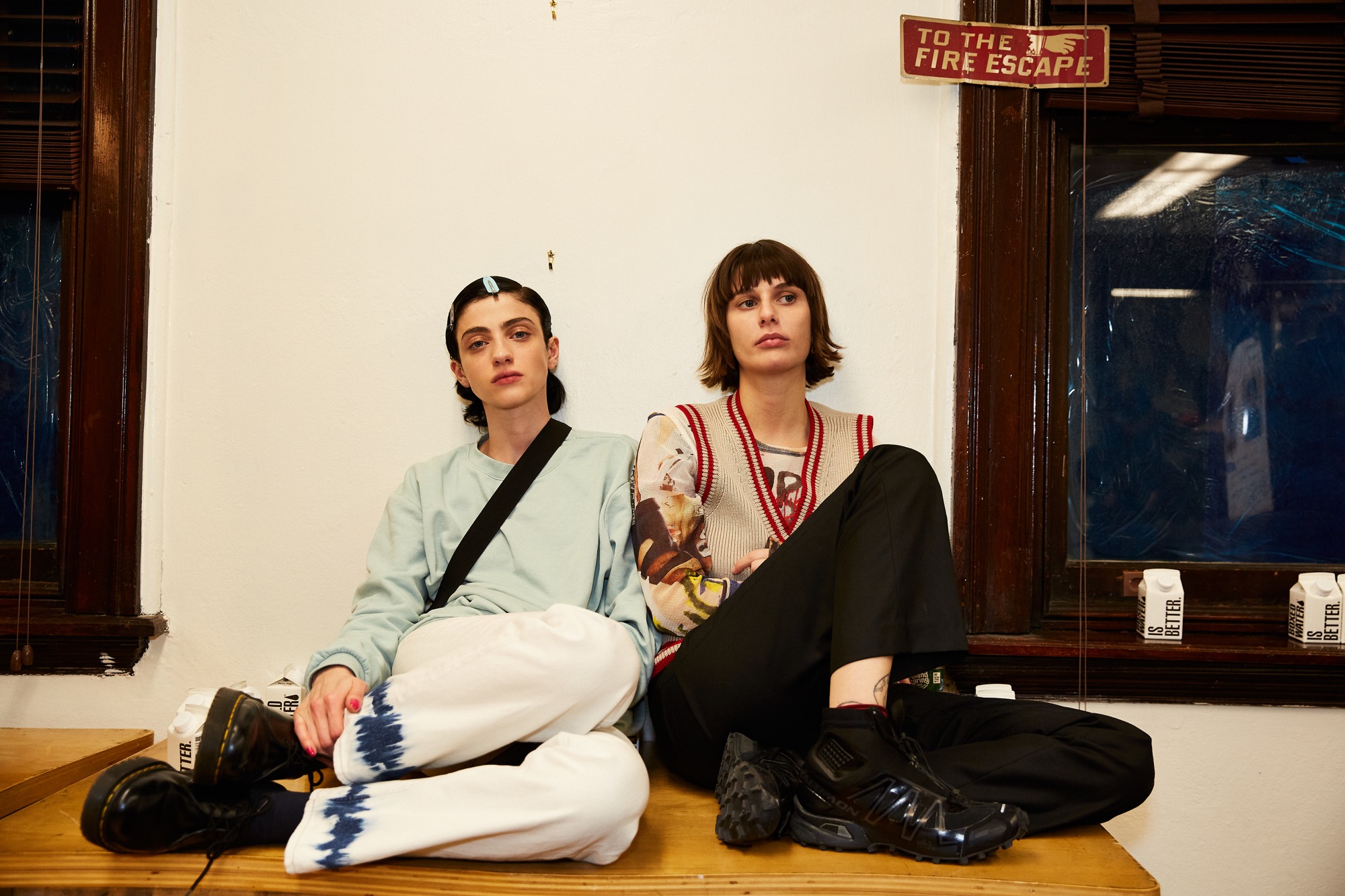
Prisca Vera Franchetti, the designer behind the new NYC-based womenswear label Priscavera, is not afraid to take a leap of faith and put herself to the test. Growing up in Rome, going to Barcelona for school and then moving to New York on a whim, she has now attained that kind of savoir-faire that guides her through life, both in personal and professional aspects of it. Her collections — staged in places like high school rooftops and libraries — are perfect for all the geeky fashionistas out there. Celebrating comfort, elegance and female individuality, the label’s most recent Fall/Winter 2020 collection has created a lot of buzz in the industry, sending the fashion industry into a kind of inquisitive frenzy — who is this young designer with Italian roots, and why have we not heard about her before?
This year, Franchetti dreamed up a range of unique essentials that feels more like a wardrobe than a themed runway collection. It’s all about encouraging self-expression, discovering yourself and having that freedom to be your own person — in personal style and beyond. While finishing off the NYFW, we spoke with Prisca about childhood and youth, her love for travel and where the designer stands when it comes to incorporating more sustainable and eco-friendly practices into her business.

V Magazine: Can you talk a little bit about your childhood and youth? What was it like growing up?
Prisca Franchetti: I grew up in Rome and as a child, I did travel quite a lot with my family. I was in Rome until I was 18 years old, and my first collections were very influenced by memories and places that I’ve been to when I was younger. Especially Rome, but also going to see my grandmother’s place in Sardinia — that was definitely an influence, especially early on. I think everywhere that I’ve been, from Rome to New York and then studying in Barcelona, had some kind of influence in the creative process.
V: Tell us a little bit more about your background: you grew up in Rome, studied in Barcelona, and then moved to New York. Why these three cities?
PF: I moved to Barcelona when I was 18 years old — I really liked the city when I was that age and I just wanted to live there. I went to school there, it was just a choice that made sense to me back then. I did consider going to London or Belgium or some cities that had a bigger fashion scene or a bigger fashion school, but it really worked for me. Barcelona really allows you to have a personal approach to what you do, with emphasis on finding your own rather than following some sort of ‘requirement’ or having the collection be very structured the way it can sometimes happen in other schools. Very creative experimental process, it was really about finding your own voice.
I think each of the three main cities where I lived had something to do with my academic or personal growth. In Rome, I learned from the Italian school of life: the attention to detail, appreciating the quality, but also not taking things too seriously and being playful — which also translated in Barcelona. It was a bit more of a slower pace, and that’s where I learned how to really just be with myself and think about my own process. And then in New York, when I moved here, the first few years were kind of difficult — it’s a pretty tough city and it can be very, very formative. I took a little bit from each place.
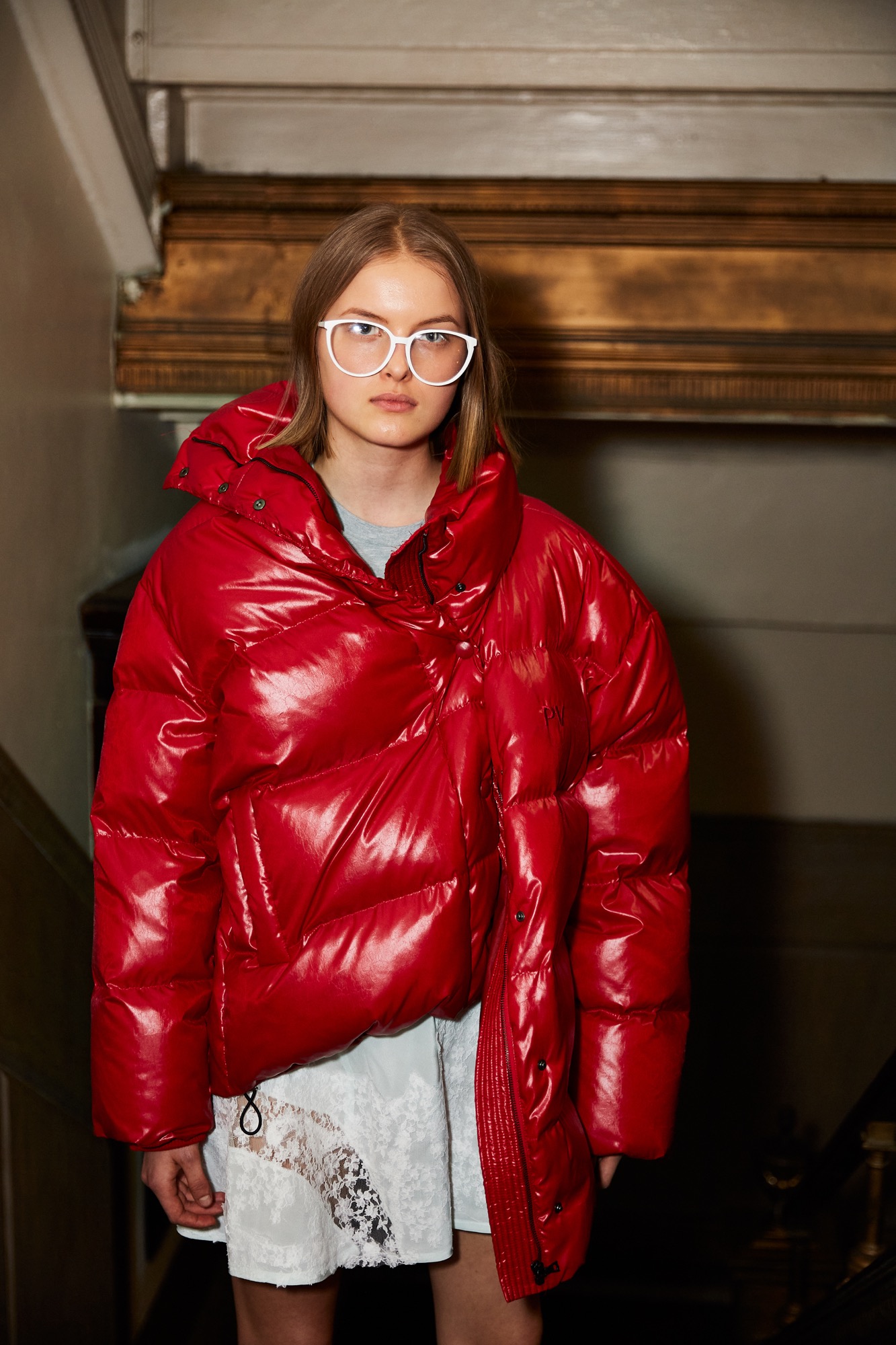
V: What did it take for you to make this leap of faith and move to New York after you finished your studies?
PF: I always knew that I wanted to live in New York, but it happened quite fast. I came to visit my brother who was here one summer, really fell in love with the city, and then just moved here right away. I didn’t really find a job or something to do — I just moved here on a whim. In the beginning, it was a little bit difficult because of the human connection — it’s a bit of a hard city for that, a bit more tricky.
But I definitely felt the energy of the city in a very positive way. Because of the fact that it’s so dynamic, there were so many stimuli from all directions, both visual and in the lifestyle. I would love to say that it was an easy transition, but it wasn’t; it was a little tough. And I think that it’s true, what people say about New York: when feel like you’re starting to make it, not that I have made it per se, but when you start to feel like things are going well and falling into place, you kind of learn this way of working where if you move to another city, in a way, you can imagine yourself being prepared for anything after being here.
V: When was the first time you tried your hand at fashion design?
PF: Well, honestly, when I decided to go to fashion school, it was a very instinctual choice where I was kind of like, ‘Oh, I don’t know what to do, maybe fashion?’ And then I really fell in love with the process as I was doing it. When I look back and I think back to childhood memories or even look at pictures, I’m remembering how I would carefully pick all my outfits, and how I always had like a real interest in clothes and what they do for self-expression. But looking back, I wasn’t really aware of it in the moment.
It was sudden — when I was studying, I really just knew when I was doing it, right away, that this was going to be when I was going to do. I liked the process, and I like the idea of something creative ultimately becoming a product, something that people would wear. And at the same time, I am sort of falling out of the creative process as I found myself being really interested in the business side of things, which kind of surprised me. It’s amazing, and again, I think it was quite instinctual, you know?
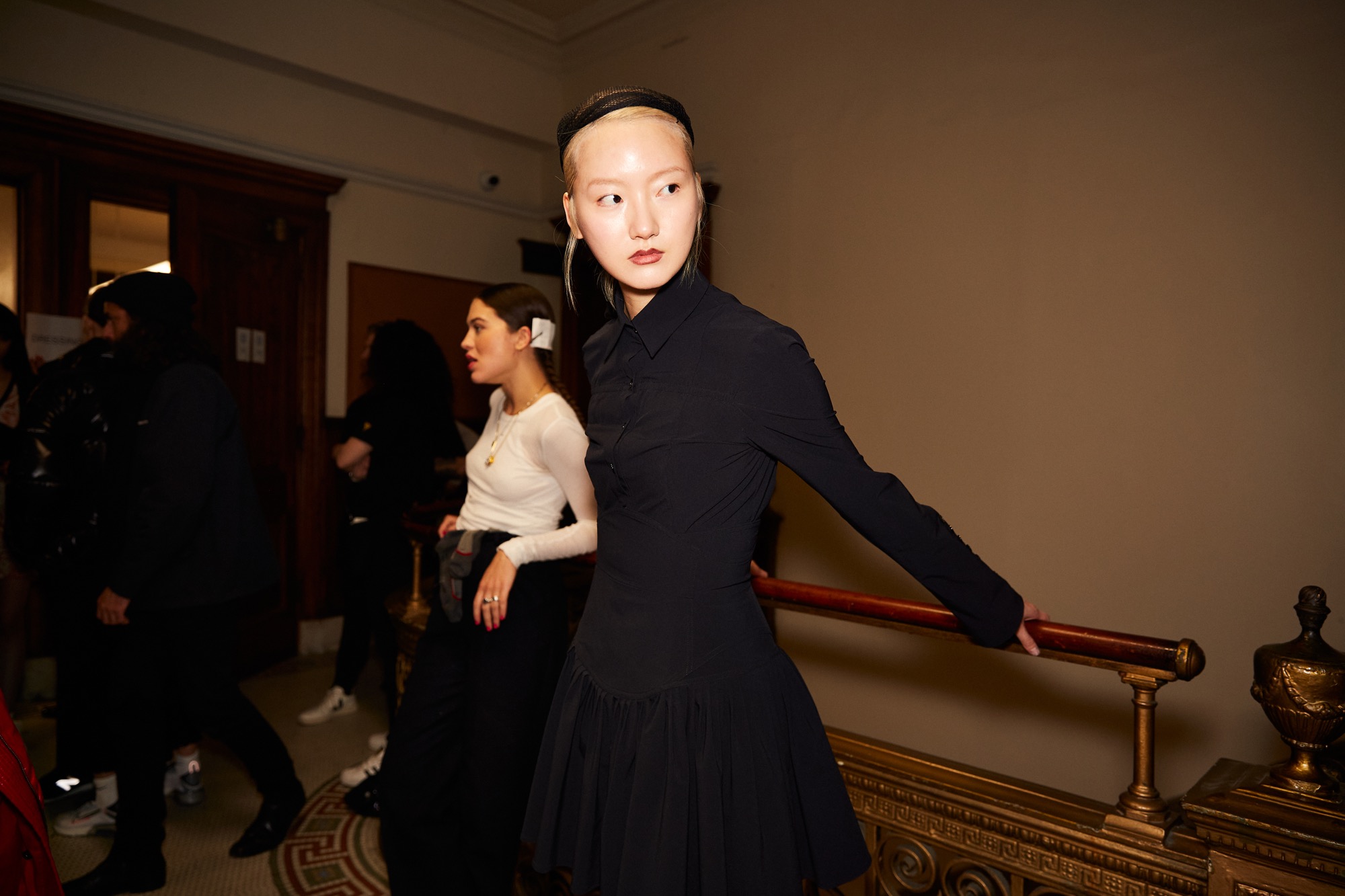
V: How would you describe your personal style? How is it different from or similar to what you design for your brand?
PF: I don’t think I have a definite personal style. I wear mostly jeans and place a big emphasis on comfort, mostly because of work and having to run around a lot. But then, I really do a lot of dressy looks. It’s quite rare, but when I do dress up, I like really like to have fun with clothes and the outfit.
When I’m designing a collection, even if I don’t wear something different every day or really put so much thought into what I’m going to wear every day for work, I just like to imagine what I, or another person would need in order to go about life. So when I think of the collection, I really do try to think of it as a wardrobe and make sure to offer enough pieces that will serve the purpose of either having fun, or feeling sexy, or feeling professional, or comfortable — just to have enough tools to build outfits that you need for different occasions.
V: Your corrections are very much inspired by youth culture and academics. What is this fascination with the youth?
PF: There something about being a high school girl or attractive, not only because it’s young. I try to see the youthful part more than the young part, this idea of playfulness with the clothes. I didn’t wear a uniform going to school, and I experimented a lot when I was wearing different things to class. That’s kind of the moment where a woman or a girl comes to be their own person, to have their own style.
I’m really interested in that moment when you are that age and bringing it into your adulthood, where you sort of find your voice in a place where it’s a mix of being social with other people, going to parties, but also going to school, having to dress in a certain way — not too provocative but not too serious. It’s the time when you think about your clothes the most in terms of self-expression when you’re in high school or in college, and then you just bring it all into your adulthood. That careful thought process of what kind of person you want to be and what do you want to say through your clothes before you enter the workplace, or even before you’re in a situation where you need to comply with some sort of rule.
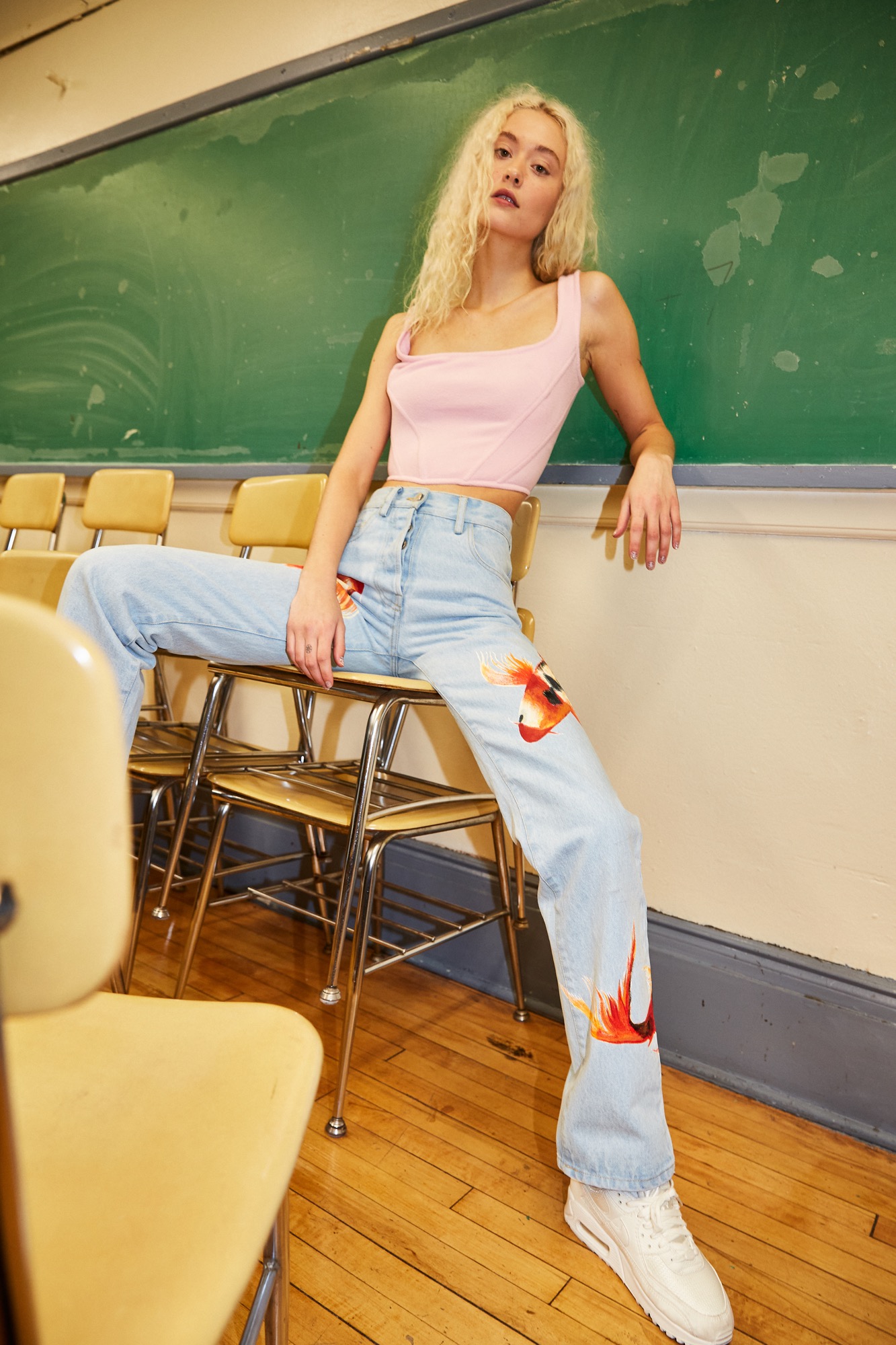
V: What else do you like to do in your free time, in addition to fashion design? Do you have any hobbies or other creative pursuits on the side?
PF: To be totally honest, especially at this time, the company has really been taking up most of my time. I love the idea of doing another creative thing that isn’t work, but right now, it’s been quite busy, so I tried to rest and relax more. I have been taking boxing, which has been really great, I love doing that. Definitely not a lot of downtime! But I love to travel.
V: What was your favorite country you’ve gone to so far?
PF: That’s really a tough question… I mean, I love going home, I love going back to Italy and sort of rediscover, especially Rome —growing up there, you see all these things, but you never REALLY look. Earlier on, when I left and I came back, I really started to appreciate going back more and more.
Otherwise, I love Mexico! I always have the best time when I go to Mexico. And I did this trip with my family where we went to Syria just before the war broke, and it was probably one of the most beautiful places I’ve ever seen.
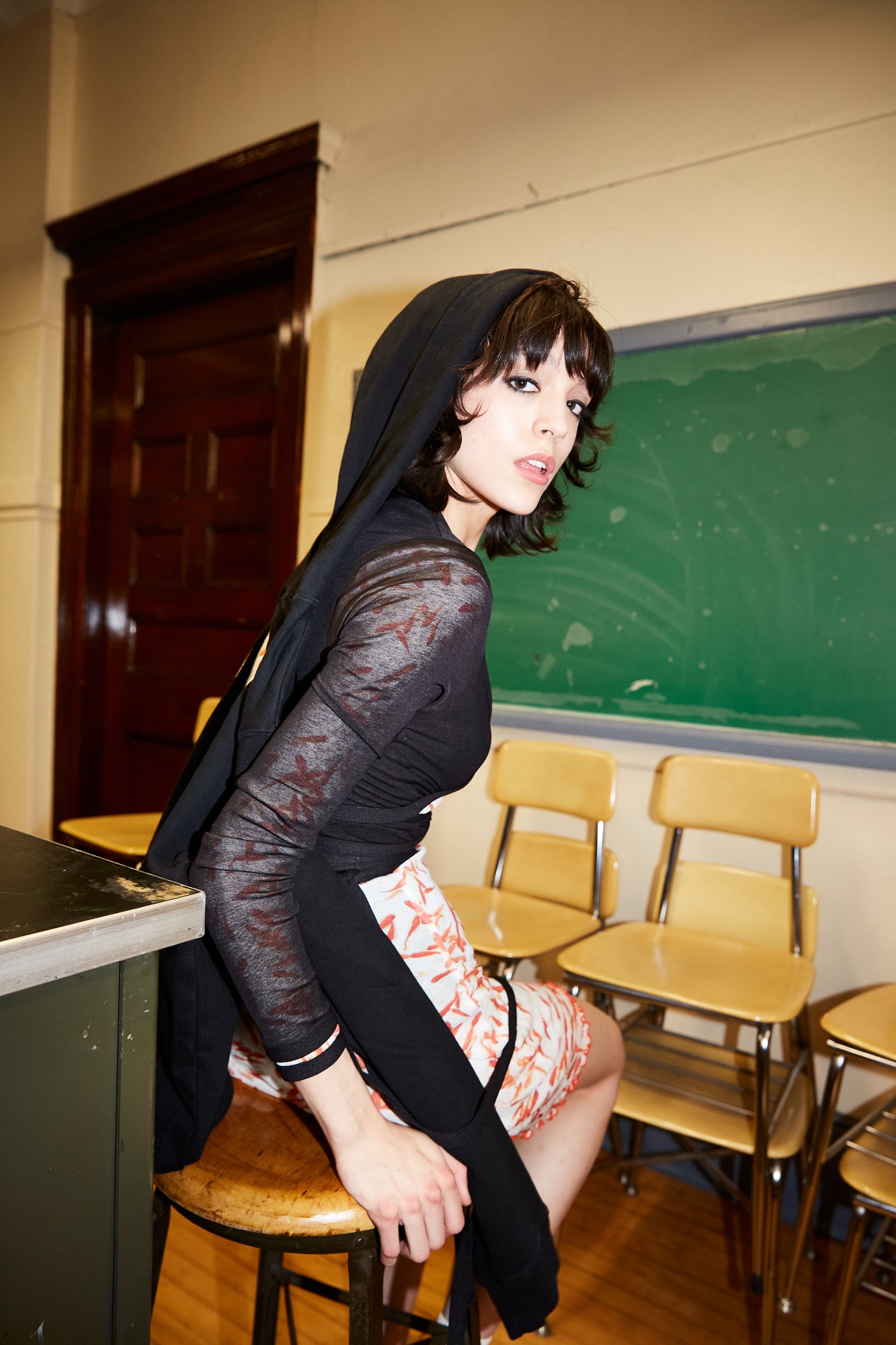
V: What part of your job do you find the most difficult or challenging?
PF: At first, it was time management; there’s just so many things and so many moving parts that are equally important. I am a bit of a perfectionist sometimes to a fault, so I spend a lot of time making sure that this particular press, ecomm, sales, showroom, branding, marketing — all of these departments. It’s kind of hard for one person to overlook everything: you only have so many hours in a day, and you have to make sure to prioritize what you can. That’s been hard, but I think that I’m starting to find a good formula: managing people, managing concepts, now we started to do a little bit of production in LA and in Italy… And just making sure that the overall ‘big picture’ is not getting left behind.
V: And what’s the most rewarding part?
PF: I really do love having a show, it’s so fun! There is so much work that goes into it, but I think one of the most rewarding things about showing the clothes and making the clothes is that I get to work and meet really, really interesting talented people that I probably would have never met. It’s been very important for me, both in terms of the job perspective and the creative perspective, but also from a personal one and looking at how people work, how people deal with their own schedules and how they deal with their own stress. I learned so much from meeting different people in the industry who I’ve been working with or working for, and I think that’s my favorite part of it.
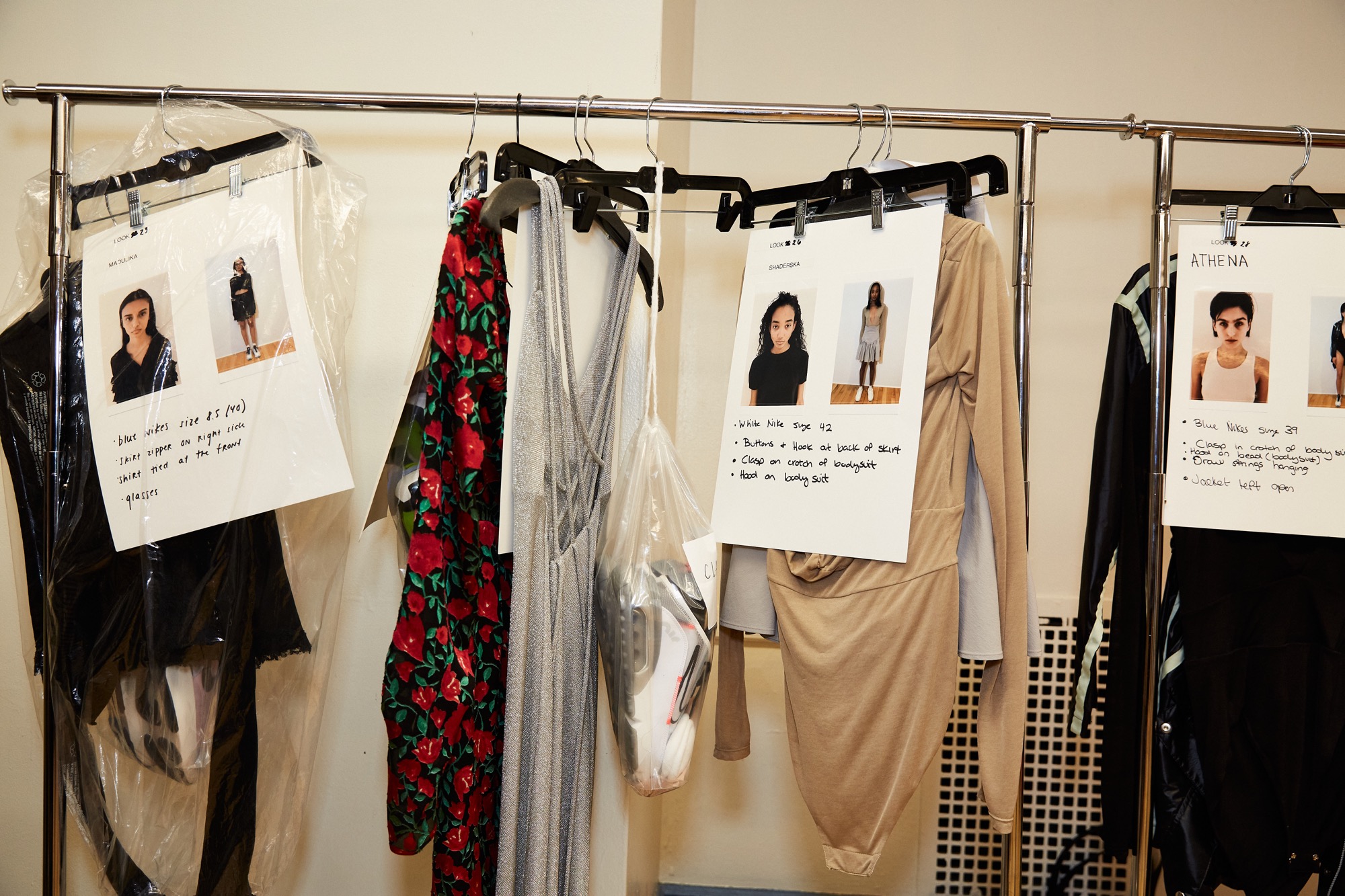
V: Where do you stand in terms of sustainability? Is it something you’re trying to incorporate into your design and production processes?
PF: Yes, especially in the packaging side of things. There’ has been a lot of thought going because we have some plastic in our labels, and there’s a lot of poly bags that are used all the time, and that’s something that we’re looking to change. Honestly, for such a small label, this small operation, to transition into having something 100% sustainable is a little bit expensive. It’s just a bit easier to not, which is terrible. And I’m definitely trying to find the way to incorporate it little by little because I know that doing it in a drastic way would be a bit dangerous from the financial perspective.
V: What does success mean for you and what do you think you need to feel successful and accomplished as a designer?
PF: It has a lot to do with freedom and having the demand to meet what you want to do. There are certain things that you feel like you’re supposed to do to sell and supposed to do to keep the operation growing, and I think my idea of success is when those requirements align with what you want to do, just having the freedom to create things that also sell and having that alliance. And probably having a little more time, just finding that kind of feeling that things are moving in the right direction. It’s always going to be stressful, but just in my mind, success means letting go of some preoccupations.
V: How do you envision the future of Priscavera as a brand? What do you hope to achieve in the next few years?
PF: One of my big dreams would be having a store one day, at some point. I really love the idea of a physical place where everything kind of comes to life — that’s one of the big dreams. But I’m also not in a rush; I have a lot of trust in organic growth, and I’m not trying to move too fast or try to push and grow the business really quickly. There is something quite reassuring about feeling like it’s going a little better every year. As obvious as it might sound, I really love and enjoy doing it, and I think the fear of not being able to do it is what makes me take it one step at a time and make sure that I’m not going too fast or making moves that are going to endanger the organic growth.
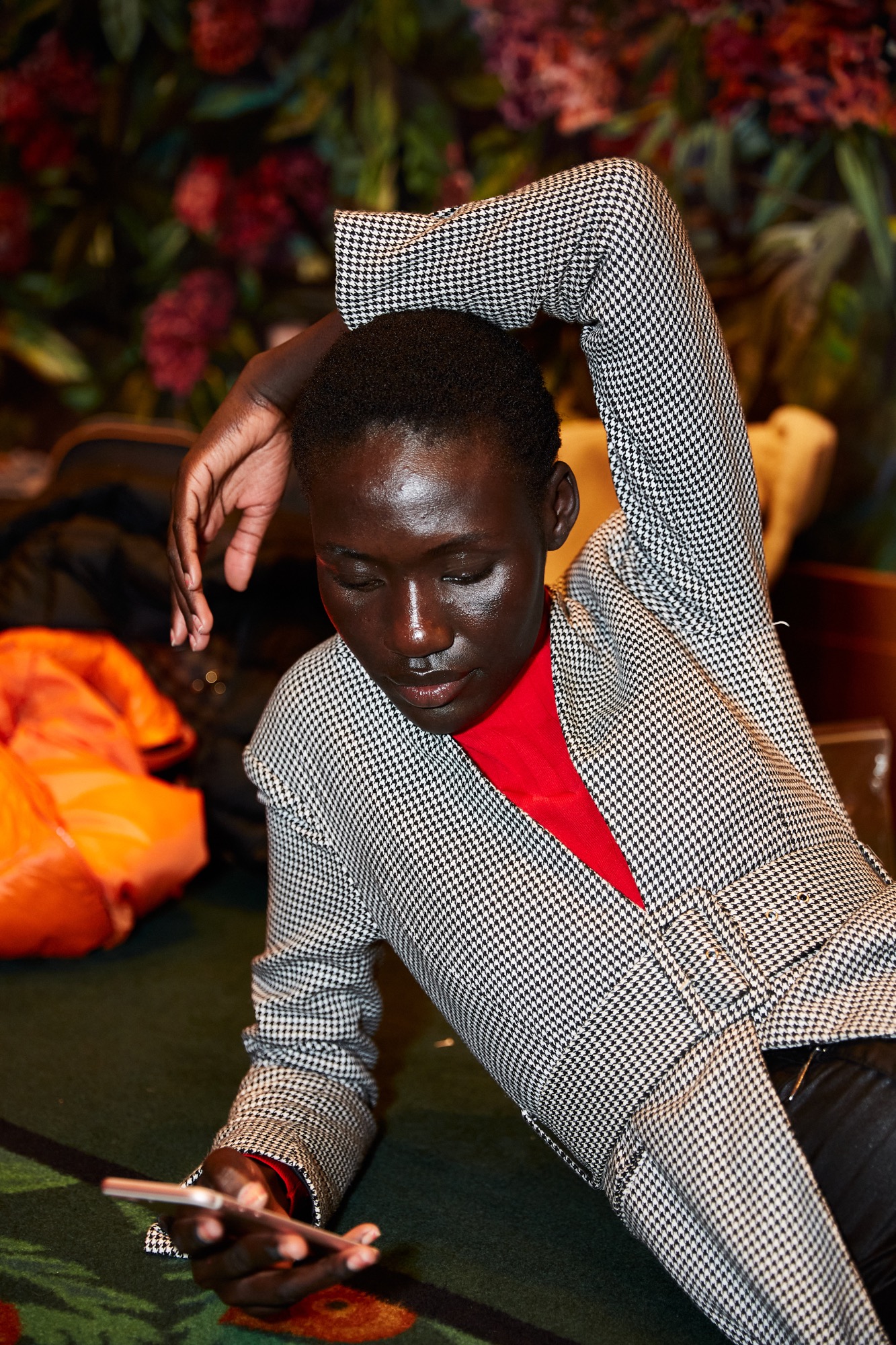
V: Where would you want to open your first-ever brick-and-mortar?
I would love one day to have a presence in Europe — maybe London, maybe Paris. There are a lot of places where I left a little bit of my heart in. But I think the most rewarding thing would be in New York, I really see myself as an American designer. At the end of the day, New York is a city where I really felt like it’s giving me a lot, even when it gets really hard. And I think that when I was starting the business, in the beginning, I felt like the city was pushing me in the right direction.
When I was talking to a lot of people from different places, they were kind of like, ‘Oh, are you sure you want to do this? Maybe you should work some more for other companies or learn more?’ And then there was this kind of feeling in New York, where everybody around me was kind of like, ‘What are you waiting for? Just do it!’ Like, ‘You’re never going to feel ready, just go for it.’ Maybe that doesn’t work on everybody, but it really forced me to really just do it, and I’m very grateful for that.
V: To close it off, is there anything else you would like to add or say about Priscavera?
PF: The only thing that I can think of is that it’s been like a very fast transition, but I felt like things have been proceeding organically. The one thing that I’ve noticed so far is that collection and shows and showroom sales, everything is starting to shape up more. I’m taking a direction similar to what I imagined or wanted it to be, and it feels very rewarding in the sense where it starts to look more like what I wanted it to be.
Discover More
